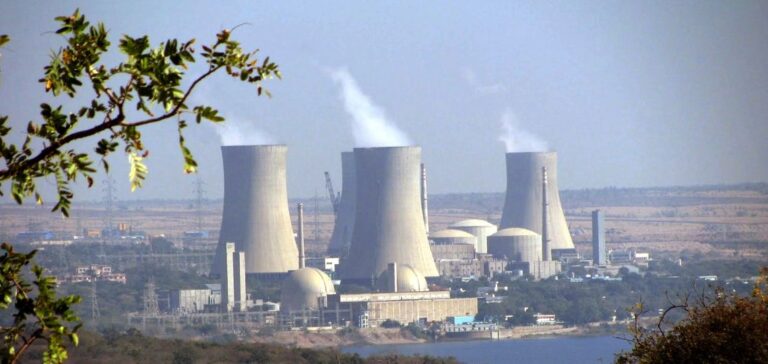The Rajasthan nuclear project is progressing with the start of fuel loading in unit 7 of the Rajasthan Atomic Power Project (RAPP-7).
This milestone marks a crucial step forward in the expansion of India’s nuclear sector, designed to significantly increase the country’s energy capacity.
On August 1, the Nuclear Power Corporation of India Ltd (NPCIL) received approval from the Atomic Energy Regulatory Board to begin loading the 4704 fuel assemblies into the 392 cooling channels of RAPP-7.
This 700 MW unit is scheduled to enter commercial operation before the end of the year.
A second unit, RAPP-8, is scheduled to be operational next year.
These reactors are part of a series of 16 Indian-designed Pressurized Heavy Water Reactors (PHWRs), aimed at increasing nuclear power generation in India.
Current projects and future prospects
The first two reactors in this series at Kakrapar, Gujarat, have already begun commercial operation in 2023 and 2024 respectively.
Construction work on two further 700 MW units at Gorakhpur, Haryana, is also underway, with a further ten units receiving administrative approvals and financing.
These units include Kaiga 5 and 6 (Karnataka), Gorakhpur 3 and 4 (Haryana), Chutka 1 and 2 (Madhya Pradesh), and Mahi Banswara 1 to 4 (Rajasthan).
Minister of State Jitendra Singh reports that the current share of nuclear power in India is 2.8%, with installed capacity projected to reach 22,480 MW by 2031-2032.
In the short term, capacity will increase to 14,080 MW by 2030 with the commissioning of units already under construction.
India is thus seeking to decarbonize its economy, which is still heavily dependent on coal.
Developments and Innovations
In addition to the Rajasthan project units, India is seeing progress on four Russian-designed VVER-1000 reactors at Kudankulam and the prototype 500 MW fast reactor at Kalpakkam, which is preparing for its first criticality.
In addition, the government has approved in principle the construction of a further 30 nuclear units, including six 1650 MW reactors in collaboration with France at Jaitapur (Maharashtra) and six 1208 MW reactors at Kovvada (Andhra Pradesh) in collaboration with the USA.
RAPP-3 back in service
On July 29, NPCIL announced the return to service of Unit 3 of the Rajasthan project after a major refurbishment.
This 220 MW reactor was taken offline in October 2022 for modernization work, including replacement of the cooling channels and feeders.
This work, carried out using locally-developed technologies, was completed in record time and at a much lower cost than those observed internationally.
Through these initiatives, India is strengthening its nuclear infrastructure to meet growing energy demand, while at the same time engaging in international cooperation projects to diversify and secure its energy sources.






















